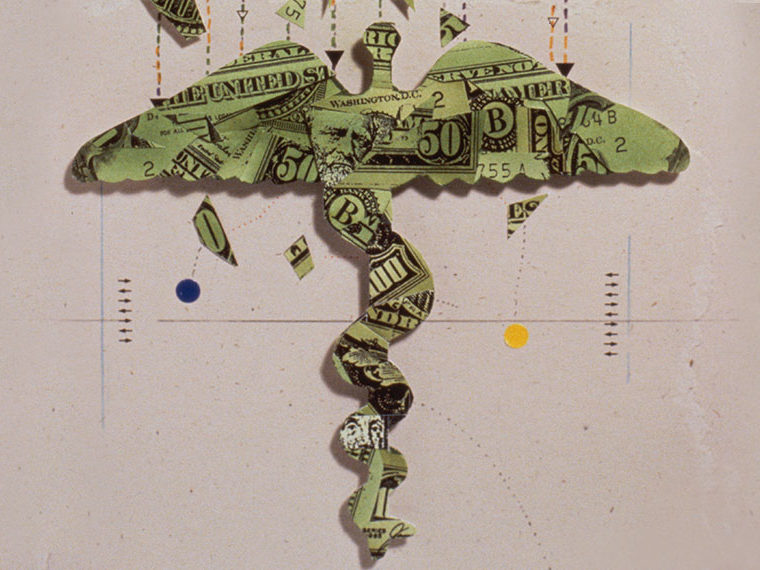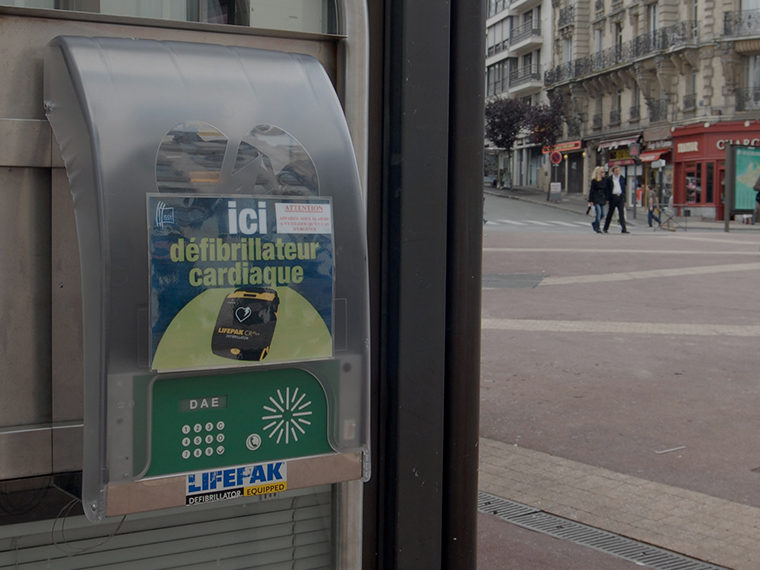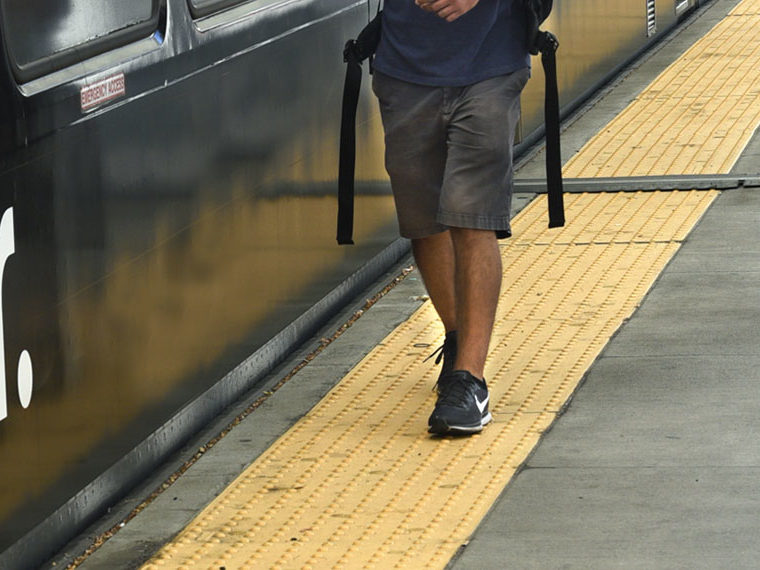Auyon Siddiq
Assistant Professor of Decisions, Operations and Technology Management
About
Auyon Siddiq joined the faculty of UCLA Anderson in 2018. His research takes place at the intersection of data analytics, operations management and public policy. His current focus is on the development of mathematical models that draw from game theory and statistics to address challenges in the public sector. Siddiq has also worked on developing new methods in data analytics and optimization, leading to publications in Operations Research and recognition with multiple national research awards.
Topics

8 Articles

AI’s Somewhat Hidden Secret: Invisible Human Workers
How 934 workers around the globe regard their labor; it doesn’t have to be this way

A Renter and Property Owner Meet on Airbnb: Will They Ditch the Site?
The risk for matching platforms is affected by levels of fees and what’s disclosed about buyer and seller

Trying Out Bonus-Pay Theory on Unsupervised, Low-Skill Tasks
Incentives boost output, but benefits level off at a fairly low point

A Data-Driven Approach to Optimizing Bike Paths
A model for cities to boost ridership, without snarling car traffic

Robotaxis Aren’t Sure Route to Ride-Hailing Profits
A model weighs vehicle cost and ownership to assess benefits to riders, drivers and companies

Medicare Could Save by Subsidizing Providers’ Capital Spending
Projects that make health care delivery more efficient require upfront financial help

Maximizing Life Saving through Better Placement of Defibrillators
Just putting one where the last cardiac arrest occurred isn’t optimal — more calculations to get to fewer steps
